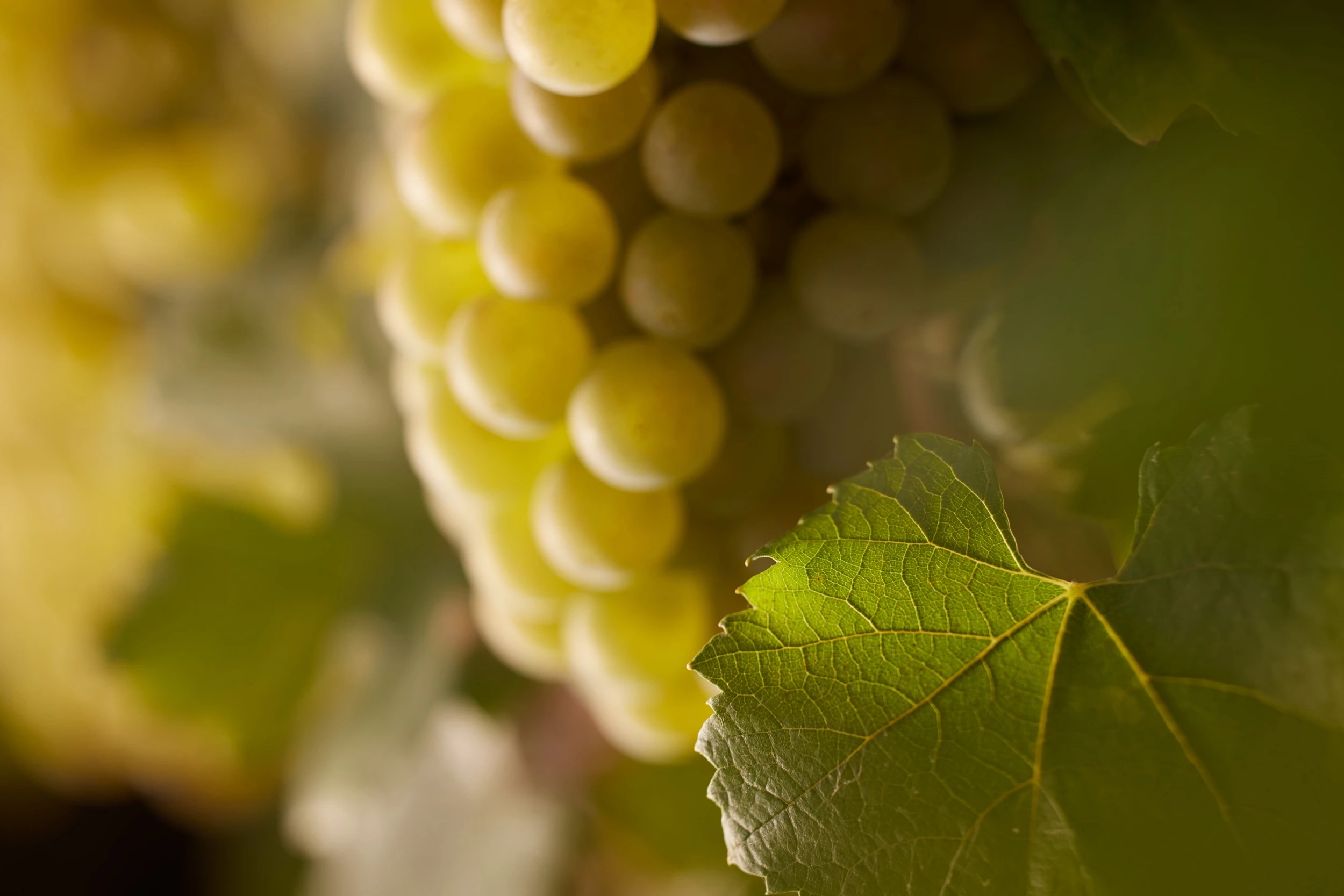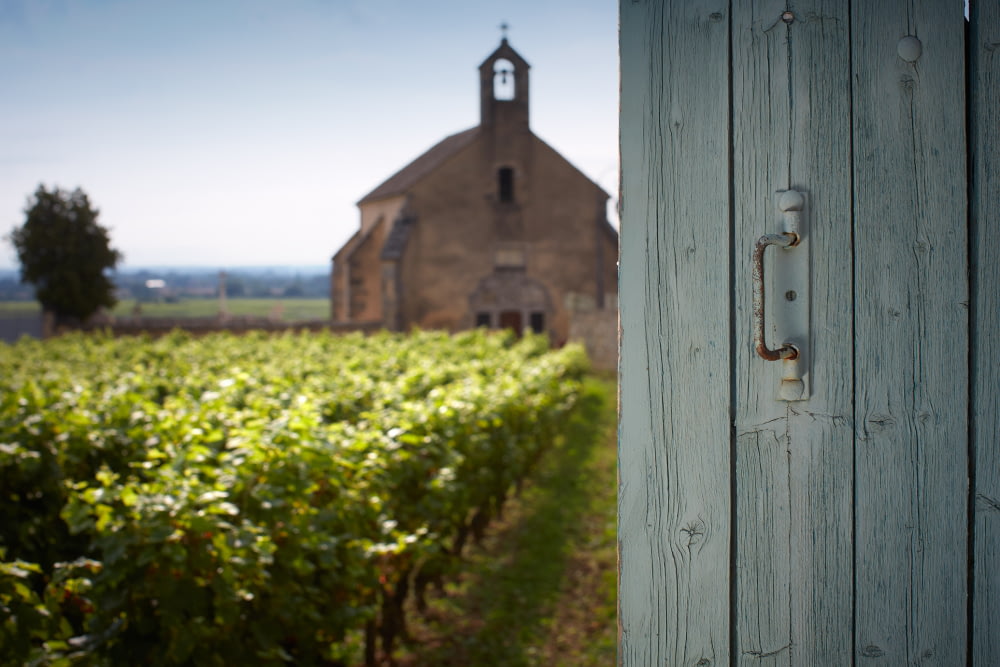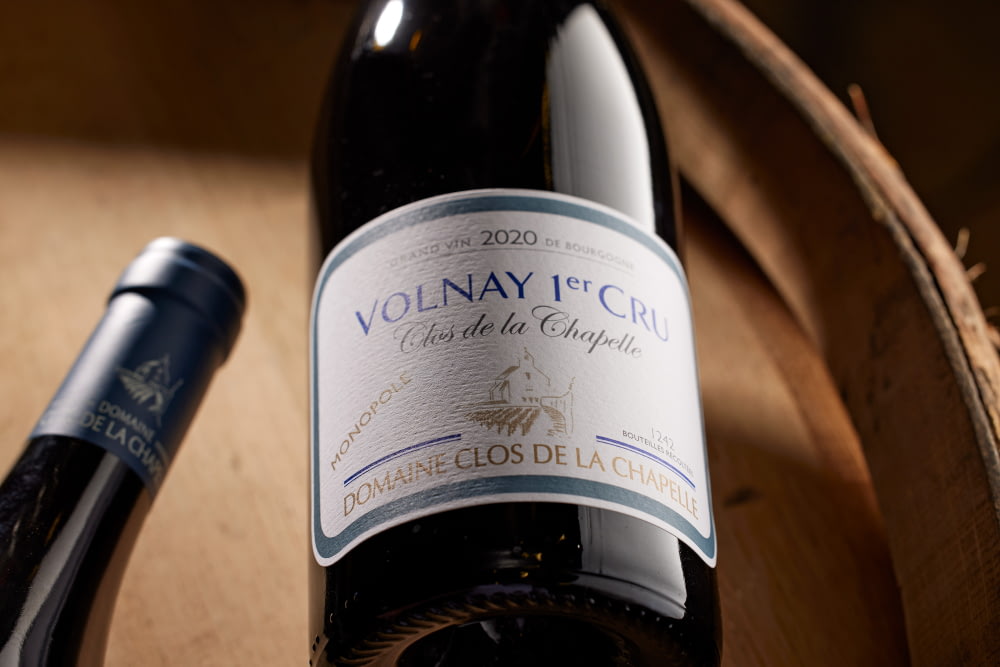
Quite a bit of mystery surrounds this monopole vineyard, as it was only officially named in 1937, and was not mentioned in Dr. Lavalle's original classifications.
It seems that it might have been part of the Clos de la Bousse d'Or, which lies just to the north of it, but the date and reason why the two vineyards were separated by a wall is unclear. The back wall, which makes it an official clos, was erected at a much later date, likely around the same time as the naming of the vineyard. The vineyard is part of the larger lieu-dit 1er Cru Le Village, which also includes the Clos de la Bousse d'Or.
Nature smiled generously on us for the 2022 vintage, producing wines of quality and abundance. Yields were ample for both reds and whites, as we enjoyed seeing full vats and tanks of both Pinot and Chardonnay. Frost events occurred in April but we avoided any damage of consequence. A later-than-usual bud burst helped with that pressure, due in part to new pruning techniques which delay tripening. Summer-like weather in April and early May saw the vines racing ahead and our vineyard team worked hard to keep up. Flowering was the end of May under largely excellent conditions. 100 mm of rain the last half of June provided significant reserves for the vines to survive that heat and dry conditions of the following six weeks, which saw only about 25 mm of rain and peak temperatures routinely between 30 and 35 degrees C. We began picking on 25 August and finished on the 31st of the month. Sugars were remarkably homogenous with hardly any variation around 12.5 %. pH’s were practically textbook with a tight range among the cuvées. Fermentation was long and steady for the reds with most being devatted at close to 21 days. Malos for the whites progressed orderly from primary fermentation but reds were rather variable with some not finishing before summer. In the end, the vintage produced wines of exceptional balance and a depth of fruit of remarkable purity. One can’t help but think of the 1999 vintage for a comparison, which was equally generous in quantity and quality, although the quality of the whites may more closely resemble those of 2002.


The Volnay appellation is found mid-slope in the Côte de Beaune, with Pommard to the north and Meursault to the south. Although there are no Grands Crus here, Volnay's 30 Premiers Crus are unmatched. Always appreciated for their finesse and beautiful bouquet, Volnays are often regarded as being feminine.
This 1er Cru Monopole is one of the parcels that make up the appellation of Volnay 1er Cru "Le Village". The vineyard is 0.56 ha/ 1.4 acres, planted with 50 year old vines. The soil is primarily clayey limestone with white marl. In Burgundy the term "Clos" refers to a vineyard that is enclosed within a stone wall. The soil here is of limestone and marl, and is very distinct from that of the Clos de la Bousse d'Or. There the soil is much redder, and a meter lower - perhaps explaining the wall as a retainer, and the division of the two vineyards.
This is a fairly warm vineyard as it is quite small, with tall walls protecting it from cooling winds, and which reflect the sun's heat onto the vines. Such a microclimate generates early ripening and slightly lower acidities, yet here produces wine with elegance and good structure for aging. The organic and biodynamic practices being practiced here will also insure a lower pH.
In order to fully appreciate the aromas it is best to serve this wine between 15-16°C / 59-61°F.
An ideal pairing with lamb shank, duckling filet or sweetbreads with morels. Perfect as well to enjoy with triple cream cheeses such as Brillat-Savarin or Chaource.




